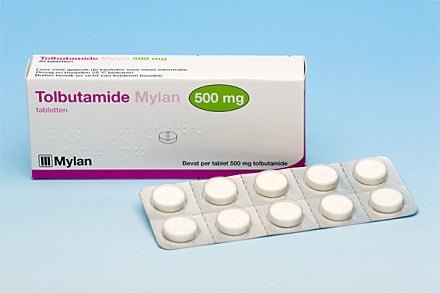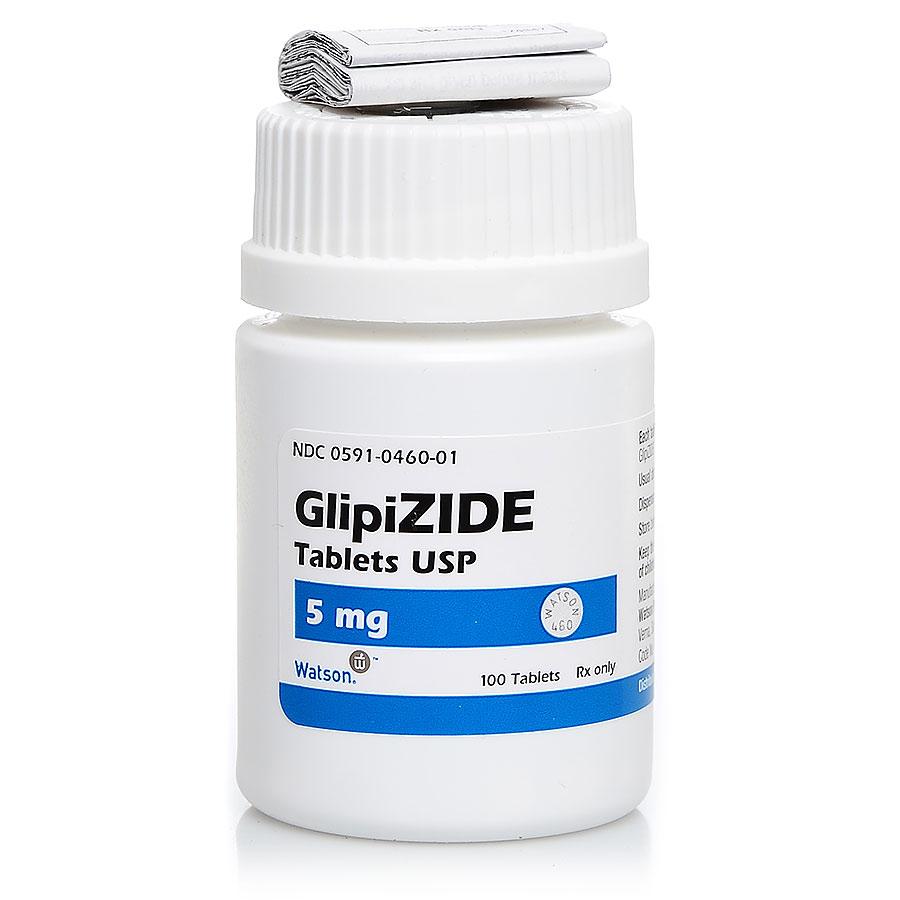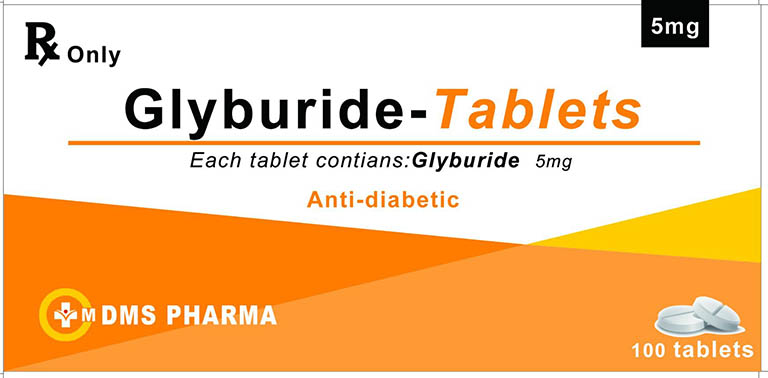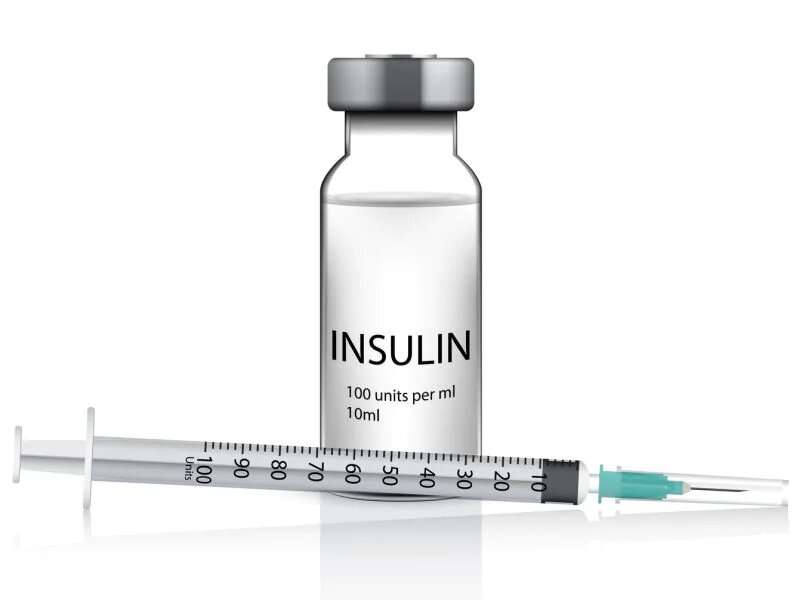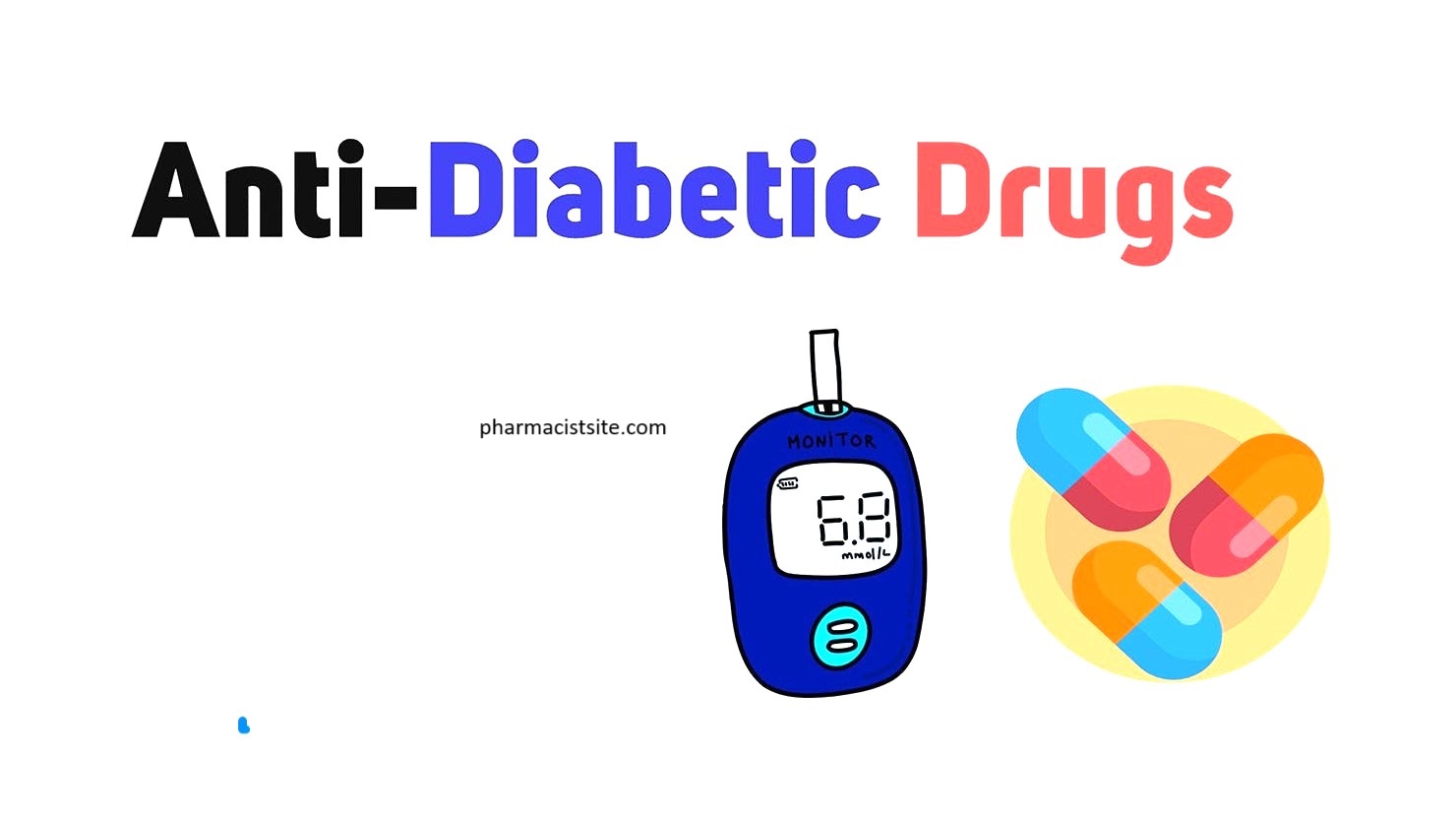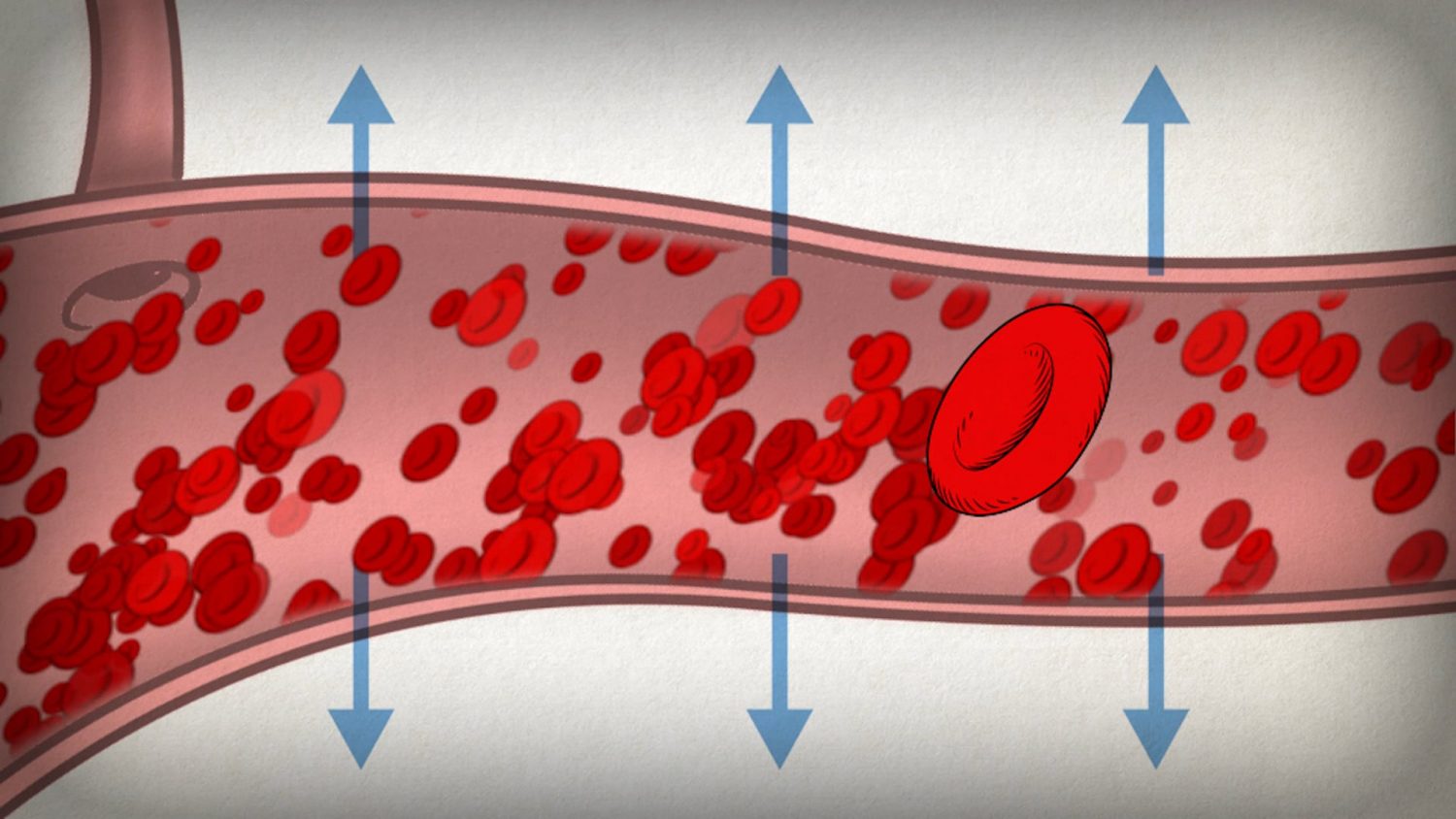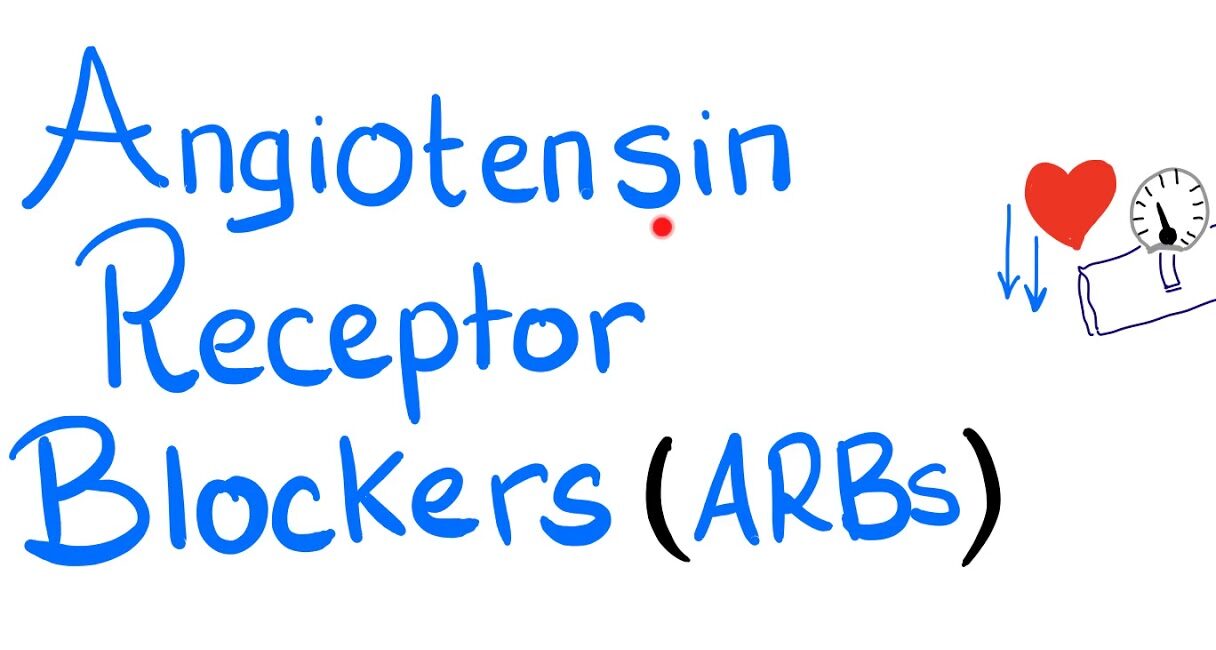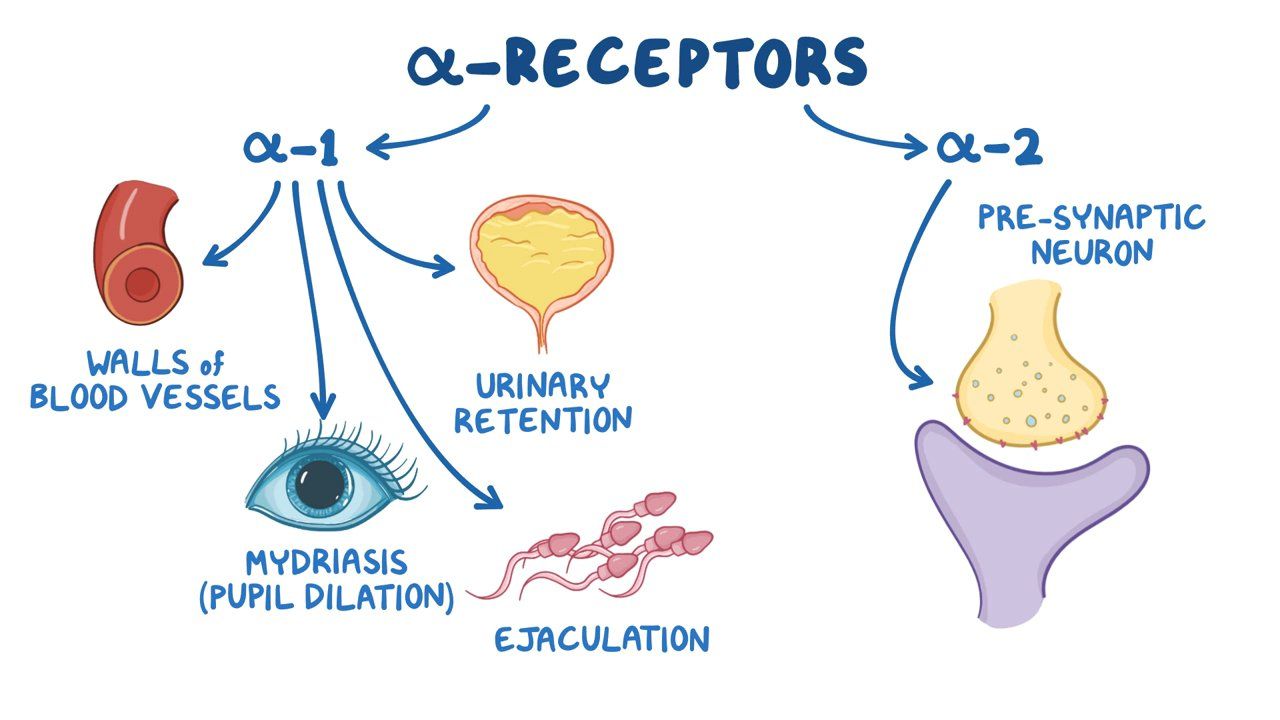Tolbutamide is a first-generation sulfonylurea medication commonly used to manage type 2 diabetes mellitus. It helps lower blood sugar levels by stimulating the release of insulin from the pancreas. This article covers the pharmacokinetics, pharmacodynamics, uses, side effects, contraindications, drug-drug interactions, and a table of popular brand names with specifications. Structure of Tolbutamide Pharmacokinetics…
Month: December 2024
Chlorpropamide is a medication belonging to the sulfonylurea class, primarily used in the management of type 2 diabetes. This article explores the drug’s mechanism of action, uses, side effects, contraindications, drug interactions, and provides a table listing its popular brand names, dosages, and specifications. Table of Contents Introduction Mechanism of Action Uses Side Effects Brand…
Glipizide is a widely used medication for managing type 2 diabetes. As part of the sulfonylurea class of drugs, it helps control blood glucose levels by stimulating insulin secretion from the pancreas. This article discusses the uses, mechanism of action, popular brands, dosage, side effects, and contraindications of glipizide. What is Glipizide? Glipizide is an…
Glibenclamide, also known as glyburide, is an oral hypoglycemic agent commonly used in the management of Type 2 diabetes mellitus. It belongs to the class of drugs called sulfonylureas and works by stimulating insulin release from the pancreas. Mechanism of Action Insulin Release Stimulation Glibenclamide binds to specific receptors on pancreatic beta cells, inhibiting ATP-sensitive…
Insulin is one of the most crucial hormones in the body, especially for individuals with diabetes. It regulates blood sugar levels and is essential for maintaining overall health. This article provides a thorough understanding of insulin, including its definition, importance, manufacturing process, various types, uses, side effects, and safety precautions. A detailed table will also…
Diabetes mellitus is a chronic disease characterized by elevated blood glucose levels, resulting from either a lack of insulin production (Type 1 diabetes) or resistance to insulin (Type 2 diabetes). Proper management of diabetes involves lifestyle modifications and the use of pharmacological agents to control blood sugar levels. There are several classes of anti-diabetic drugs,…
Vasodilators for high blood pressure are a vital class of drugs used to manage high blood pressure (hypertension) and other cardiovascular conditions. These medications work by relaxing and expanding blood vessels, allowing blood to flow more easily, which reduces the heart’s workload. This article delves into the uses, side effects, contraindications, and drug interactions…
Angiotensin Receptor Blockers (ARBs) are a class of drugs that help treat conditions like hypertension, heart failure, chronic kidney disease, and stroke prevention. They work by blocking the action of angiotensin II, a hormone that can constrict blood vessels, raising blood pressure. Mechanism of Action ARBs target and block the Angiotensin II Type 1 (AT1)…
Alpha blockers, or alpha-adrenergic antagonists, are a class of medications that block alpha receptors in the body. These receptors are involved in regulating the contraction of smooth muscles, particularly in blood vessels and other tissues like the prostate. By blocking these receptors, α- blockers help treat various medical conditions, such as hypertension, benign prostatic hyperplasia (BPH),…
